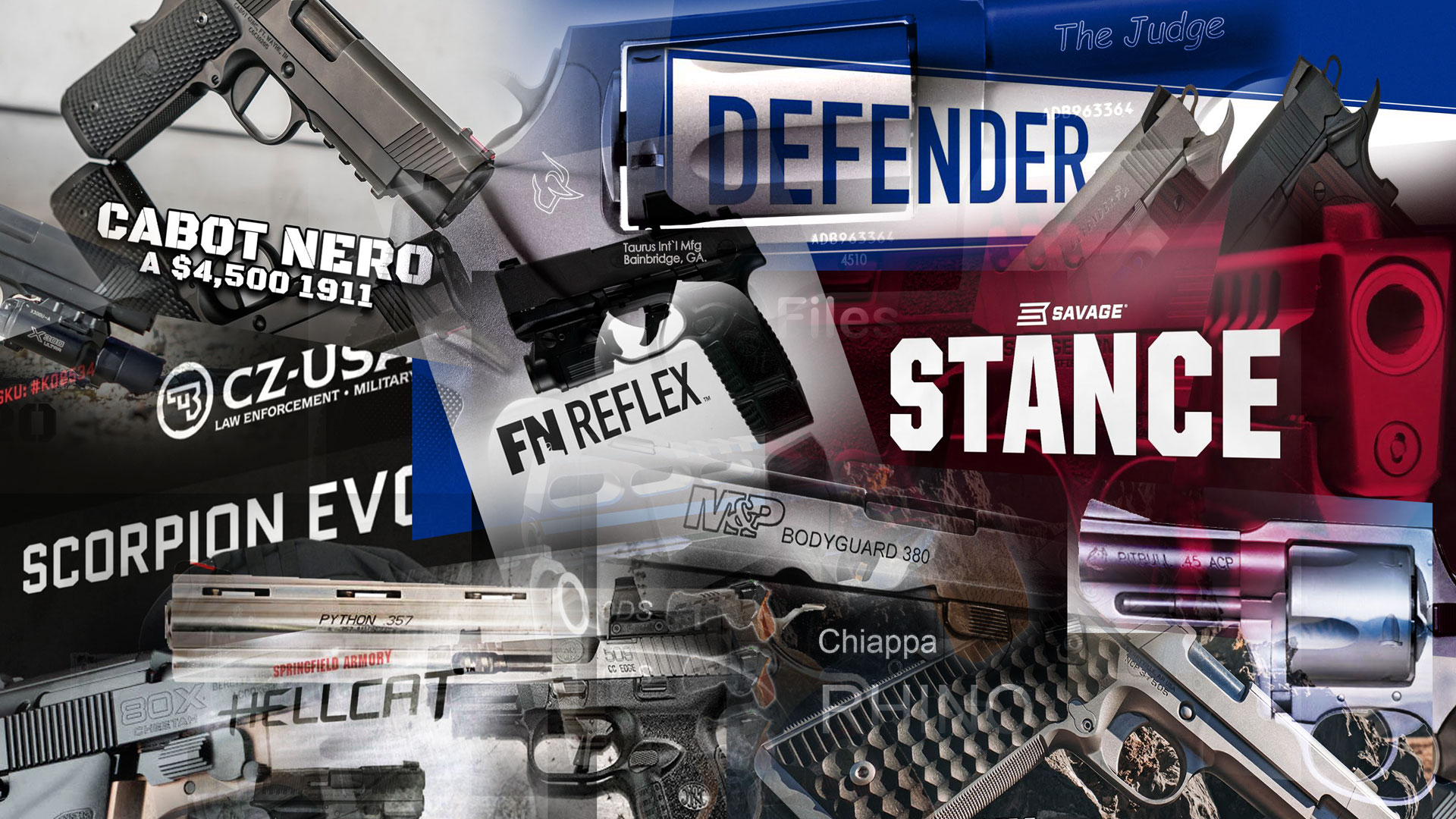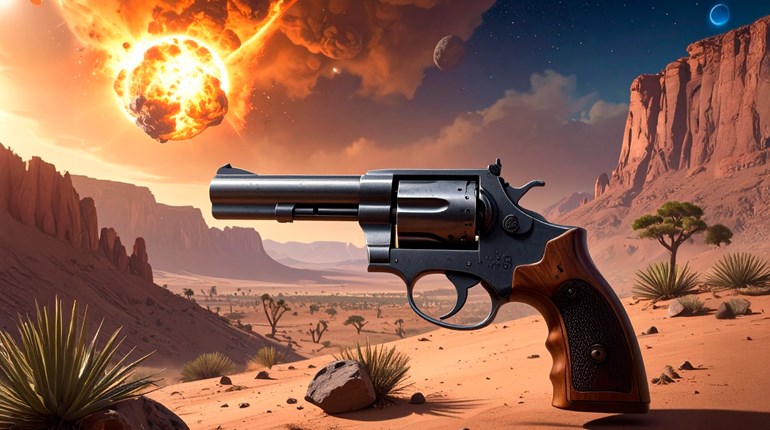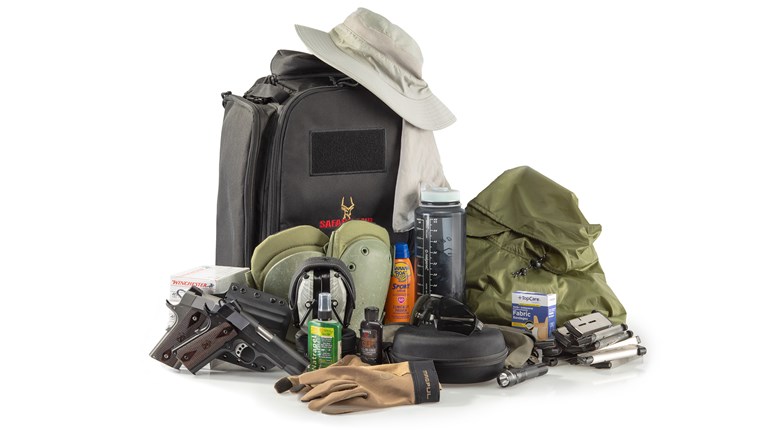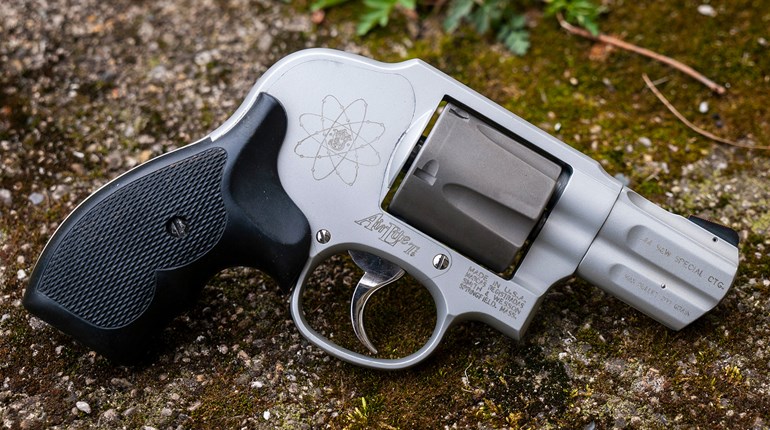
Have you noticed something? That domestic handgun makers are more likely to designate their latest offerings with a name than a salad of digits and letters? Yeah, me too.
I have to admit I first became aware that this had become a trend very recently, to my shame. Well, mostly. Allow me to explain.
When the new micro-compact, double-stack, 9 mm CCW pistol from Fabrique Nationale arrived, I couldn’t help but notice that, rather than piggybacking off the alphanumeric designators that previous FN pistols intended for the duty and carry had used, the new blaster had been dubbed with the moniker “Reflex.”
So, FN America’s new pistol did not fit into the catalog scheme with the 509, 510, 522, etc. Why? There’s gotta be a reason, right?
Next thing you know, Springfield Armory is dropping a new blaster that sure seems like the forebear of an entirely new line of duty pistols and, rather than giving a nomenclatural nod to its old XD model designators or even launching some new alphanumeric, it called it the “Echelon.” That’s what caused me to think back that Springfield Armory had been on this trail for a while, actually, since its most recent line of micro compact semi-autos had been called the “Hellcat,” instead of the X-anything.
When it comes to hanging names on products, the culpability chain is generally a short one that begins and ends in the marketing department. I think it’s safe to assume there’s a marketing trend that tells us someone influential has decided that alphanumeric designators just don’t resonate with consumers the same way names do.
Various anti-gun types have decided to hang their hat on this factoid as though it’s some sort of modern trend, wherein a callous firearm industry is abandoning wholesome and innocuous numerical catalog numbers for exotic and enticing names. Supposedly—or so goes this theory—the use of evocative names rather than dull numbers will attract dubious personages to buy handguns, but greedy gunmakers are ignoring this in pursuit of increased sales numbers.
While it’s true some companies formerly known for their bland, alphanumeric model designations have abandoned them for cooler-sounding names, this isn’t some new trend. I mean, sure, Winchester and Remington have been using model numbers to describe their rifles and shotguns since stagecoaches were still a thing, but the pattern is hardly universal.
If you look back to the earliest days of cartridge-handgun sales in this country by companies like Smith & Wesson and Colt, they may have had products purchased by the military and labeled with various “M####” year number model designators, but for the commercial market things were different.
Colt has nearly always favored names on its handguns designed for civilian sales. If you were in the U.S. Army in the mid-19th century, you might have been issued an M1873 revolver, but if you wandered into a general store in the Arizona Territory, you’d have bought a Single Action Army or a Frontier six shooter (depending on whether you needed a .45 Colt or .44-40 WCF revolver to match your Winchester carbine’s chambering.)
Similarly in the early 20th century, the Doughboys and G.I.s might have been issued an M1911 or M1911A1 pistol, but if they didn’t smuggle one home in their duffle bag as a souvenir after the war, when they felt the twangs of nostalgia for their wartime sidearm, they’d go into the local gun store and find that there were no handguns of that name from Colt.
See, “M1911” was a purely military designation. However, the Colt’s Patent Firearms Manufacturing Company sold all manner of variants on the commercial market in the 1900s under names like “Government Model,” “Gold Cup,” and “Combat Commander” without anybody fearing it would send people’s plates spinning off their sticks.
Speaking of the M1911 and/or Government Model, one of its most notable cloners is Kimber. While the old Kimber company that made hunting and target rifles back in the day had used numbers to designate different models, once it branched out into the M1911 pistol clone business in the 1990s, it embraced model names with a vengeance. It wasn’t long before a savvy Kimber pistol fan could decode the various combinations of “Custom,” “Carry,” “Pro,” “Compact,” et al to decipher whether the Kimber pistol in question was a full-size, compact, alloy-frame or whatever.
In their attempts to label this as some new and horrible trend, the anti-gun types will often point to Smith & Wesson dubbing a series of firearms as the “Military & Police,” as though this is some new and nefarious marketing trend, and that’s the most risible accusation of all.
It was during the last decade of the 19th century when Smith & Wesson tried to amp up interest in its then-new medium-frame .38 Spl. Hand Ejector revolver by dubbing it the “Military & Police,” even though the U.S. military at the time was still all about the offerings from Colt.
While Smith had used fairly sterile model numbers to designate its various offerings in the late 1800s, the early 1900s saw a flowering of evocative names from the company. In addition to the Military & Police revolver, you could buy a Regulation Police, a Terrier, an Outdoorsman, a Registered Magnum, a Combat Masterpiece or a half-dozen other named revolvers.
It wasn’t until 1957 that the company shifted its handgun catalog to cold, uninspiring model numbers (although the names remained as secondary designations).
In the early 2000s, though, Smith decided to mine its heritage for model nomenclature, resurrecting old names like “Military & Police” and “Bodyguard.” It was facing a sales slump in the face of an Austrian company that was selling pistols hand-over-fist using vicious names like “Model G17” and “Model G21.”
Maybe the moral panic over the re-emergence of model names is misplaced? Just throwing that out there for everyone’s consideration.




































